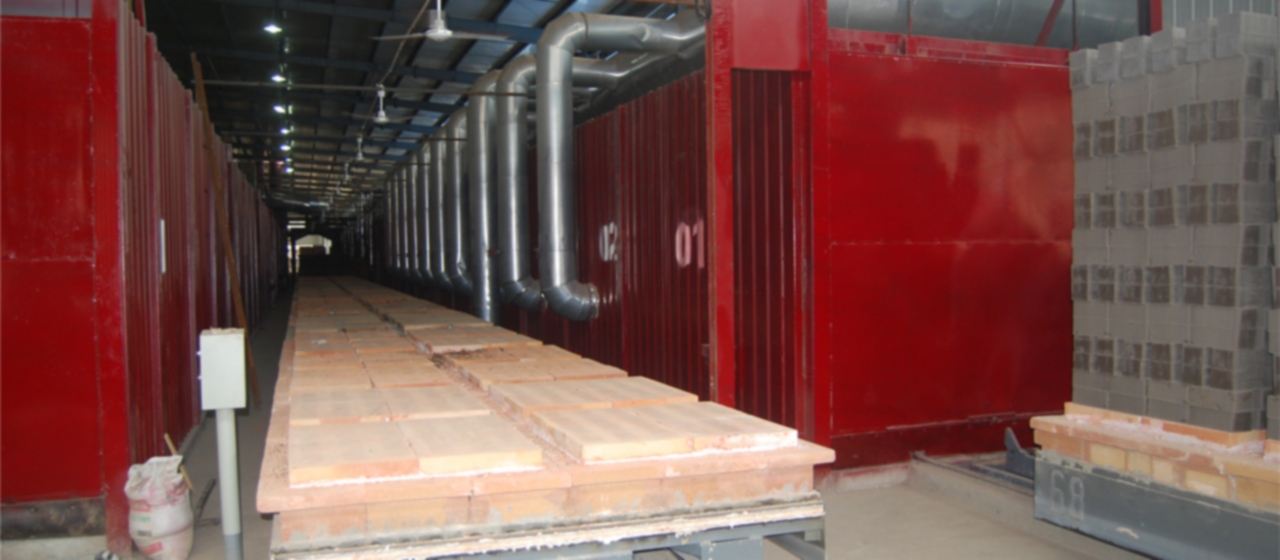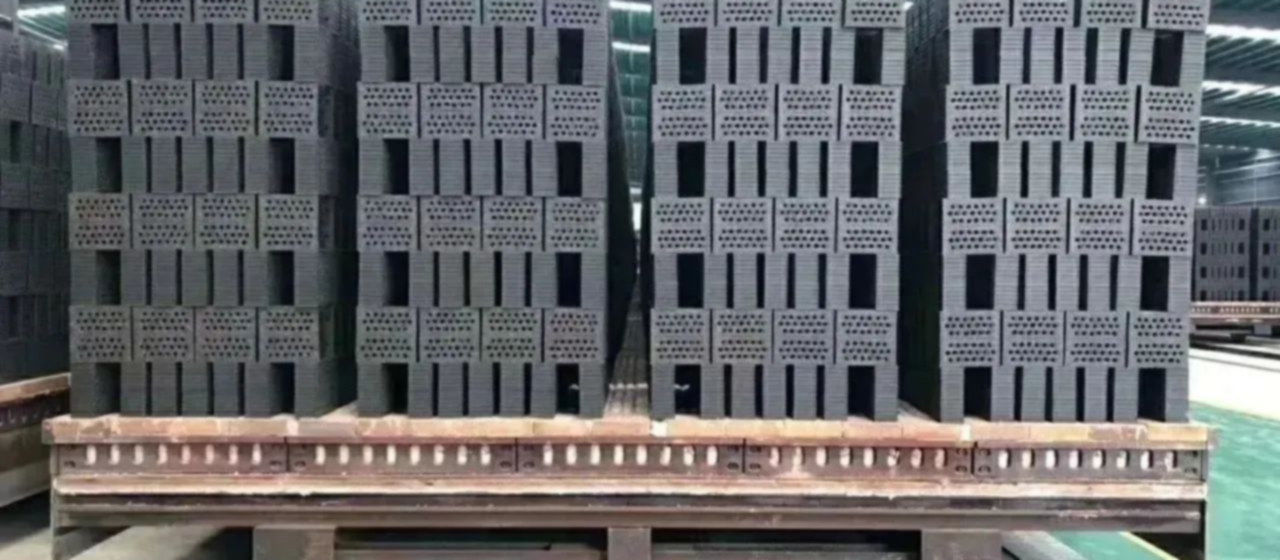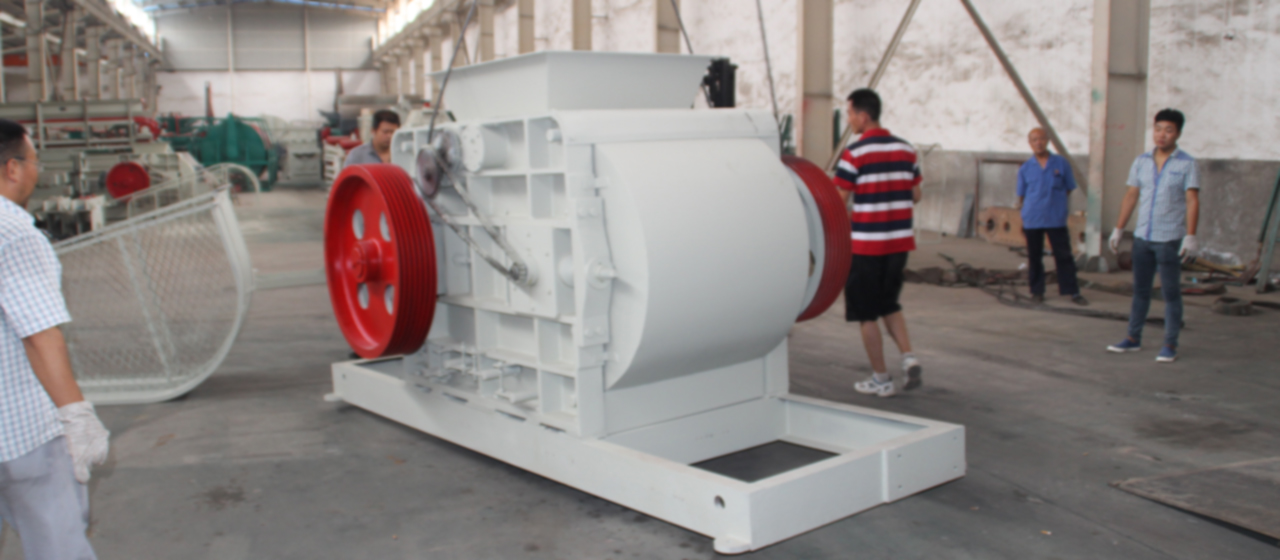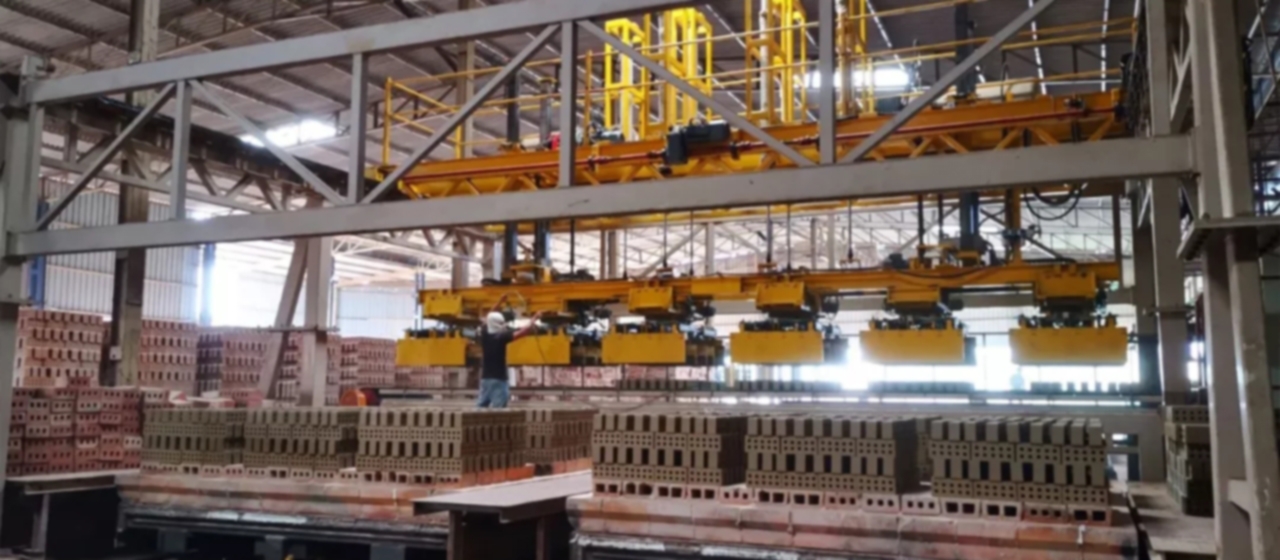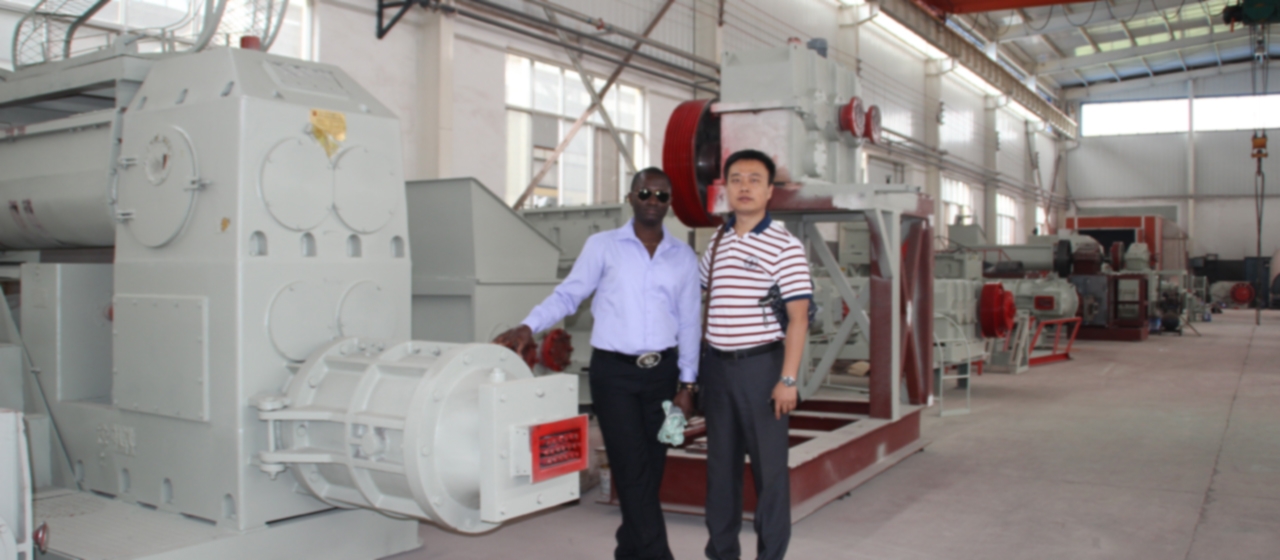Maintenance and Technical Renovation of Sintering Brick Kiln Furnace china
At the end of each year, the production of most wall material enterprises is affected by weather or the Spring Festival holiday, and they will stop production for a period of time. This time can be used for comprehensive inspection, maintenance or technical transformation of kilns – tunnel kilns, in order to make the production of the following year more convenient and efficient.
1. Maintenance
After about three days of cooling down after the kiln is turned off, all the kiln cars inside the kiln can be pulled out. By carefully inspecting the inside and outside of the kiln and related ancillary facilities and equipment, and based on the understanding of the aging and damage situation in various places, a maintenance plan can be formulated.
1.1 Pressure smoke exhaust
Check whether there is any air leakage, cracks, collapse or other phenomena in the main flue and branch flue. Clean up any debris that affects ventilation, such as smoke and rust stains. Weld or replace severely corroded metal pipes. Clean up the broken blocks inside the Hafeng to solve the problem of hindering the pulling force and affecting the preheating of the lower part of the billet stack, and repair the wall of the Hafeng vent damaged by the collapse of the billet stack. Understand the usage status of the air brake, including durability and whether it is tightly closed, and whether it can be flexibly opened and closed. By the way, check if the waste heat extraction system is working properly and perform maintenance on it one by one.
1.2 Kiln Wall and Kiln Roof
Check if there are cracks or protrusions on the kiln wall to determine if it is a precursor to the foundation sinking and endangering the kiln roof. Minor cracks with a small quantity can be ignored, and gaps larger than 2mm should be carefully examined. Especially if there are bricks falling and protruding from the kiln roof, they should be repaired. Otherwise, minor cracks can easily cause the brick stack to collapse, and severe ones can collapse during operation, leading to forced flameout and even injury accidents. Check for bubbles or lumps on the walls and roof of the high-temperature section kiln, which are often caused by poor material quality, improper masonry orientation, or insufficient length resulting in high-temperature burning. Check for any debris such as broken bricks in the contraction and expansion gaps, clean them, and then re plug them with aluminum silicate fiber cotton. Understand the quantity and extent of damage to the curved seal bricks, which are often caused by the following reasons: ① kiln car scratches and dents due to excessive height or width (some production problems or deformation caused by derailment, falling, and collision due to careless operation); ② Defects in local masonry or track laying of kiln walls; ③ Scratching of collapsed brick stacks. If the curved sealing bricks are damaged repeatedly, it will endanger the safety of the kiln walls and roof.
1.3 Sand sealing
After one year of use, a large amount of broken bricks, soil debris, fuel slag, and sand particles that have become finer due to friction will be mixed into the sand sealed groove, which will have a negative impact on normal sealing. Clean it completely before sieving it, removing impurities that are too large or too fine, leaving behind “dry sand particles” the size of mung beans for later use. Repair the collapsed or scraped sand groove, and then fill it with screened sand particles. Check if the Gaza pipeline is unobstructed, as it is prone to blockage due to sand particles being too wet or mixed with large debris.

